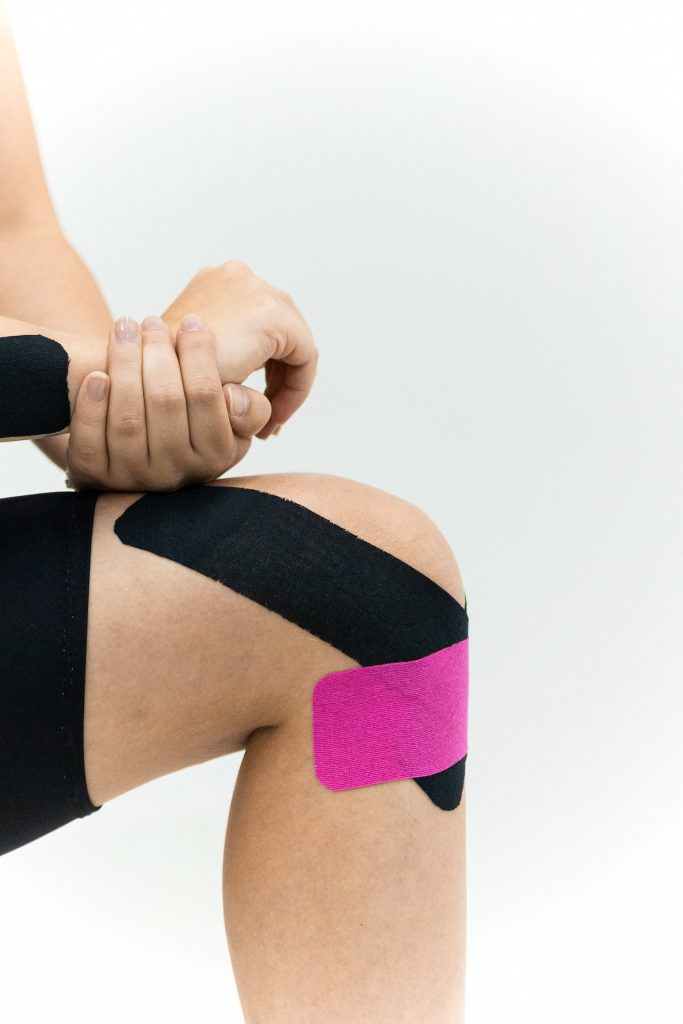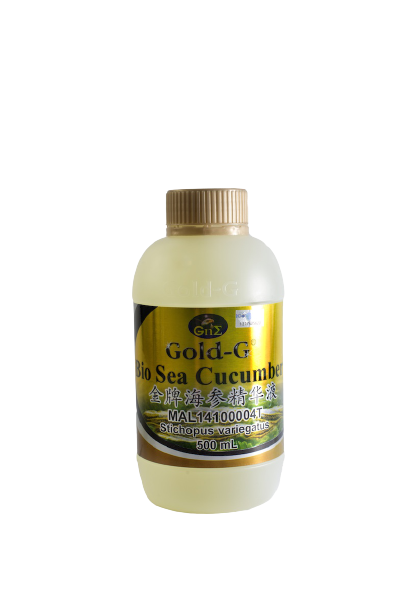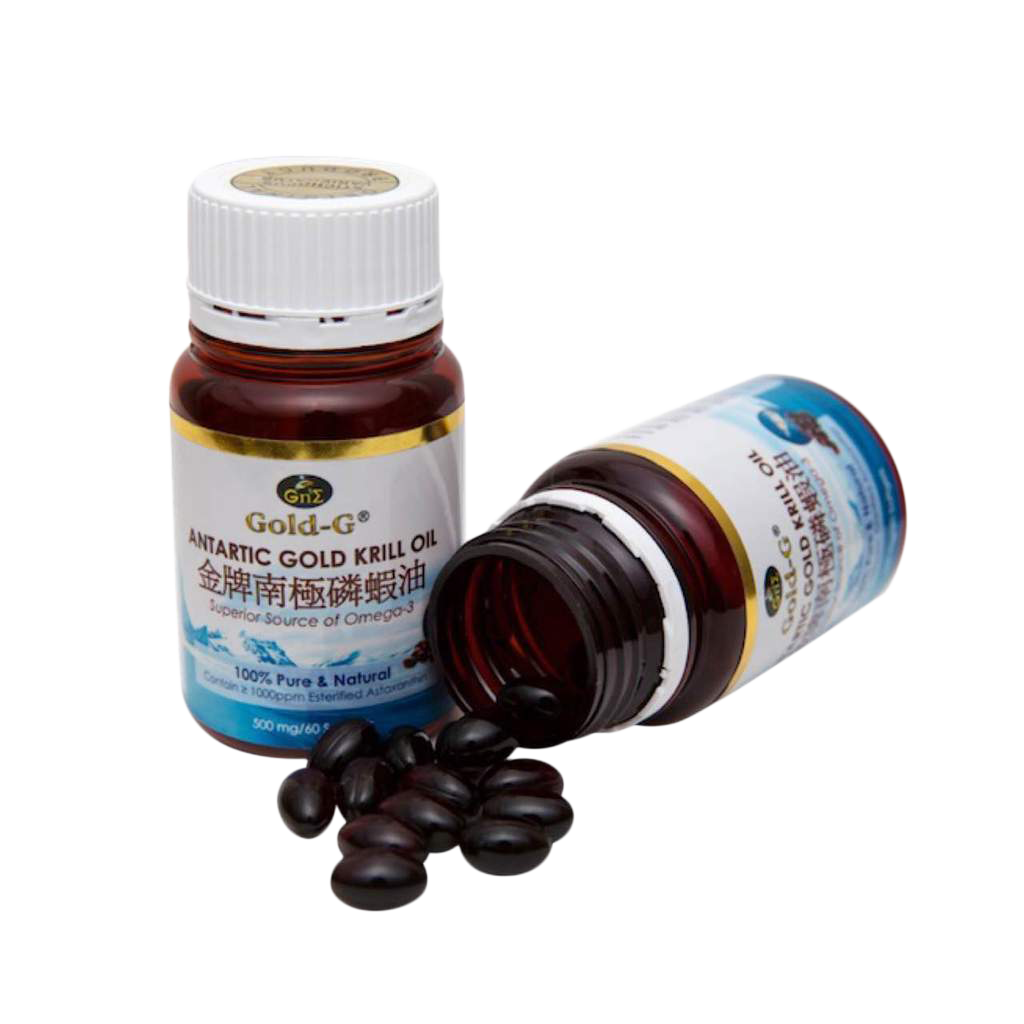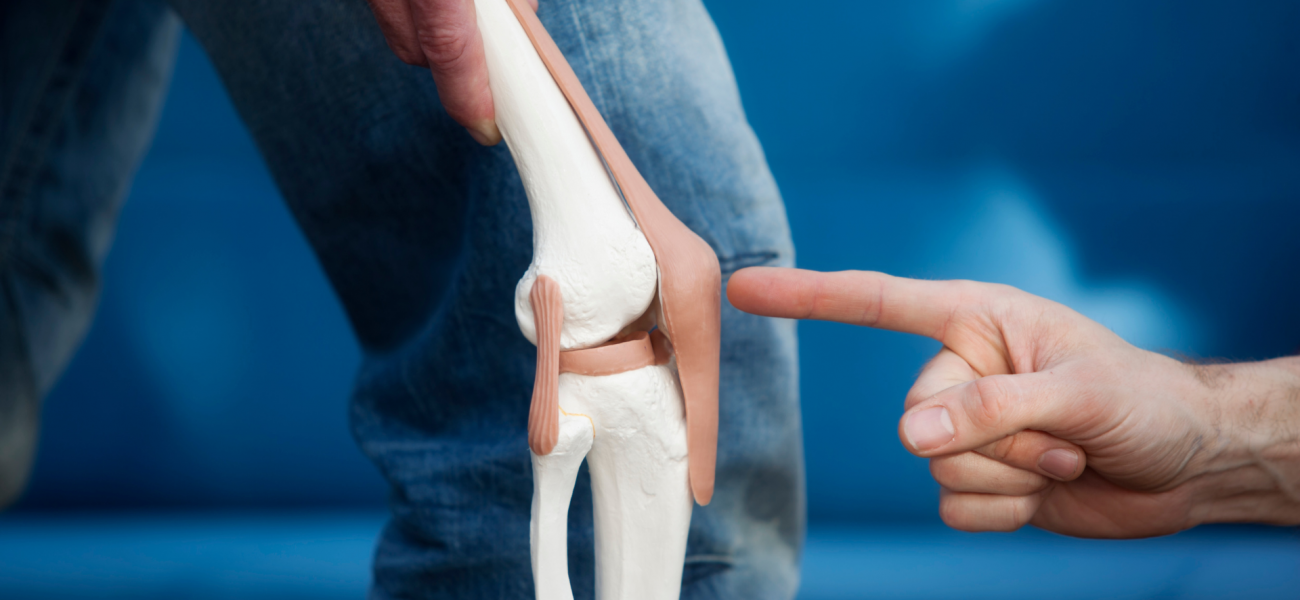Osteoarthritis is the most common type of arthritis. It is often causes by the wear-and-tear damage of the joint’s cartilage. Cartilage is a connective tissue that acts as a cushion of the bone at the joint part. However, wear-and-tear damaged on cartilage causes bone grind on bone directly when involved joint movement, hence causes pain and restricts movement of joint. Osteoarthritis most commonly affects the joint of knee, hip, spine and hand.
Pain: Joint pain during or after movement, but will be relieved after rest.
Stiffness: Stiffness on the joint in the morning after wake up or after resting/inactivity.
Swelling: The joint swollen, tender or warm to touch after extended activity.
Loss of flexibility: Being unable to perform certain movement such as bending, climbing and etc.
Crepitus: Grating sound or sensation during joint movement.
- Bone spurs: Bony spurs growth at the edge of joint, like a hard lump, may causes swollen and redness.
Symptoms of osteoarthritis develop slowly, vary based on affected area, but will worsen overtime.
- Age: Older age or aging may increase the risk of osteoarthritis
- Obesity: Being obesity put extra stress/pressure on weight-bearing joint, knees and hips, causing the cartilage break down faster. Also, excess fat tissue produces inflammatory proteins (cytokines), which will trigger inflammation and damage the joint.
- Gender: Female has higher risk to develop osteoarthritis than male.
- Genetic: There is possibility of defect in body’s production of collagen may accelerate development of osteoarthritis; some people might inherit certain gene or defects that causes cartilage wears away faster than normal people.
- Joint Injuries and overuse: Joint injuries or damage on tendons and ligaments may accelerate cartilage breakdown; repetitive bending, heavy lifting or other movement may causes cartilage wears away and increase risk of osteoarthritis.
- Bone deformity: If the body is born with malformed joint and defective cartilage, it will have higher risk to develop osteoarthritis.
- Physical examination: Doctor will examine the affected joints by checking the tenderness, swelling, redness, and test the range of motion.
- Imaging test: X-rays and Magnetic resonance imaging (MRI) can be done to obtain detail image of the affected area.
- Lab test: Blood test and joint fluid analysis can be done to confirm the diagnosis.
How to manage Osteoarthritis

- Maintain healthy body weight: Obesity or overweight increase burden to your joint especially the weight-bearing joint (knee, hip and spine). Losing weight and maintain a healthy weight range can relieve pressure and reduce pain.
- Regular exercise: Simple exercise such as walking, swimming, or yoga can be carried out in a regular basis. This can increase endurance and strengthen the muscle around the joint, reduce stiffness and joint pain. Also, warm up or stretching before exercises can help to improve flexibility and prevent severe injuries.
- Use assistive devices: Assistive devices such as cane, walker, knee braces or knee taping, and shoe insert. These devices may help to reduce pressure exerted on joint, and provide support to joint for function and mobility.
- Diet: A healthy balanced diet is always recommended. You may eat more healthy foods such as vegetables, fruits, and whole grains; Avoid processed foods, fried foods, salty and sugary foods or beverages. These foods may trigger inflammation process in the body, which then worsen the current conditions.
- Supplements such as glucosamine and chondroitin sulfate may be beneficial to joint and cartilage:
- Glucosamine is important for formation of chondroitin sulfate and hyaluronic acid that build up important components of cartilage and synovial fluid, and prevent the degeneration of cartilage with it’s anti-inflammatory properties;
- Chondroitin sulfate has significant improvement on joint swelling, where it increases production of hyaluronic acid which improves viscosity of synovial fluid, inhibits cartilages destruction and stimulates new cartilage formation.
- Hyaluronic acid and Omega 3 fatty acid can be put into consideration. Hyaluronic acid has demonstrated pain reduction and physical function improvement for arthritic joint pain; while omega 3 fatty acids can increase collagen synthesis, inhibit inflammatory actions and reduce joint cartilage degeneration.
GNE Gold-G® Health Food Series

Gold-G® Bio Sea Cucumber
Gold-G® Bio Sea Cucumber contains several pharmaceutical components that are able to repair and maintain healthy bone and joints, such as omega 3, collagen, glucosamine, chondroitin, hyaluronic acid, and mucopolysaccharide.
- Omega 3 inhibits inflammation reaction and helps to reduce joint pain and swelling in rheumatoid arthritis.
- Collagen can strengthen cartilage, and improve bone and joint health.
- Glucosamine is able to reduce arthritis pain, strengthen cartilage, tendon & ligament health, and suppress inflammation.
- Chondroitin supplements and locks joint fluid, able to reduce arthritis pain effectively.
- Mucopolysaccharide can improve wound contraction and accelerate wound healing.
- Hyaluronic acid is a natural component of synovial fluid that helps to lubricate joints.
By incorporating Gold-G Bio Sea Cucumber into your daily routine, you can experience the remarkable healing properties of this remarkable marine creature.

Gold-G® Antarctic Gold Krill Oil
Krill oil is increasingly important source of omega-3 fatty acids specific for DHA and EPA, contained abundant of astaxanthin, and consisted of phospholipid which provide better bioavailability.
- Omega-3 fatty acids may contribute to beneficial health effects, which include anti-oxidation, reduction of inflammation and hence relief pain and swelling in rheumatoid arthritis.
- Astaxanthin are strong antioxidant present in Antarctic krill oil. It helps to fight against oxidative stress, which then able to reduce oxidation and inflammation in the body.
Click the link below for direct purchase.
References
- Arthritis Foundation, (2018). Osteoarthritis. Available at: https://www.arthritis.org/about-arthritis/types/osteoarthritis/ [Accessed 14/5/2018].
- Arthritis Foundation, (2018). Rheumatoid Arthritis. Available at: https://www.arthritis.org/about-arthritis/types/rheumatoid-arthritis/ [Accessed 14/5/2018].
- Delzell, E., (2015). How Fat Affect Rheumatoid Arthritis. Arthritis Foundation. Available at: https://www.arthritis.org/living-with-arthritis/comorbidities/obesity-arthritis/fat-and-ra.php [Accessed 16/5/2018].
- Jerosch, J.,(2011). Effects of Glucosamine and Chondroitin Sulfate on Cartilage Metabolism in OA: Outlook on Other Nutrient Partners Especially Omega-3 Faty Acids. International Journal of Rheumatology, 2011, pp 1-17. Doi: http://dx.doi.org/10.1155/2011/969012
- Landau, M.D., (2017). Why You Want to Elicit the Relaxation Response if You Have Rheumatoid Arthritis. Everyday Health. Available at: https://www.everydayhealth.com/rheumatoid-arthritis/living-with/why-you-want-elicit-relaxation-response-you-have-rheumatoid-arthritis/ [Accessed 18/5/2018].
- Mayo Clinic, (2017). Rheumatoid Arthritis. Available at: https://www.mayoclinic.org/diseases-conditions/rheumatoid-arthritis/symptoms-causes/syc-20353648 [Accessed 14/5/2018].
- Mayo Clinic, (2018). Osteoarthritis. Available at: https://www.mayoclinic.org/diseases-conditions/osteoarthritis/symptoms-causes/syc-20351925 [Accessed 14/5/2018].
- Rearick, L. (n.d.). This Vitamin Supplement Can Help Prevent Rheumatoid Arthritis, New Study Show. Reader’s Digest. Available at: https://www.rd.com/health/conditions/vitamin-rheumatoid-arthritis/ [Accessed 18/5/2018].
- This website does not provide medical advice. The content of this website, such as graphics, images, text and all other materials, is provided for reference and educational purposes only. The content is not meant to be complete or exhaustive or to apply to any specific individual’s medical condition. Always seek the advice of your doctor or other qualified health provider regarding a medical condition.




